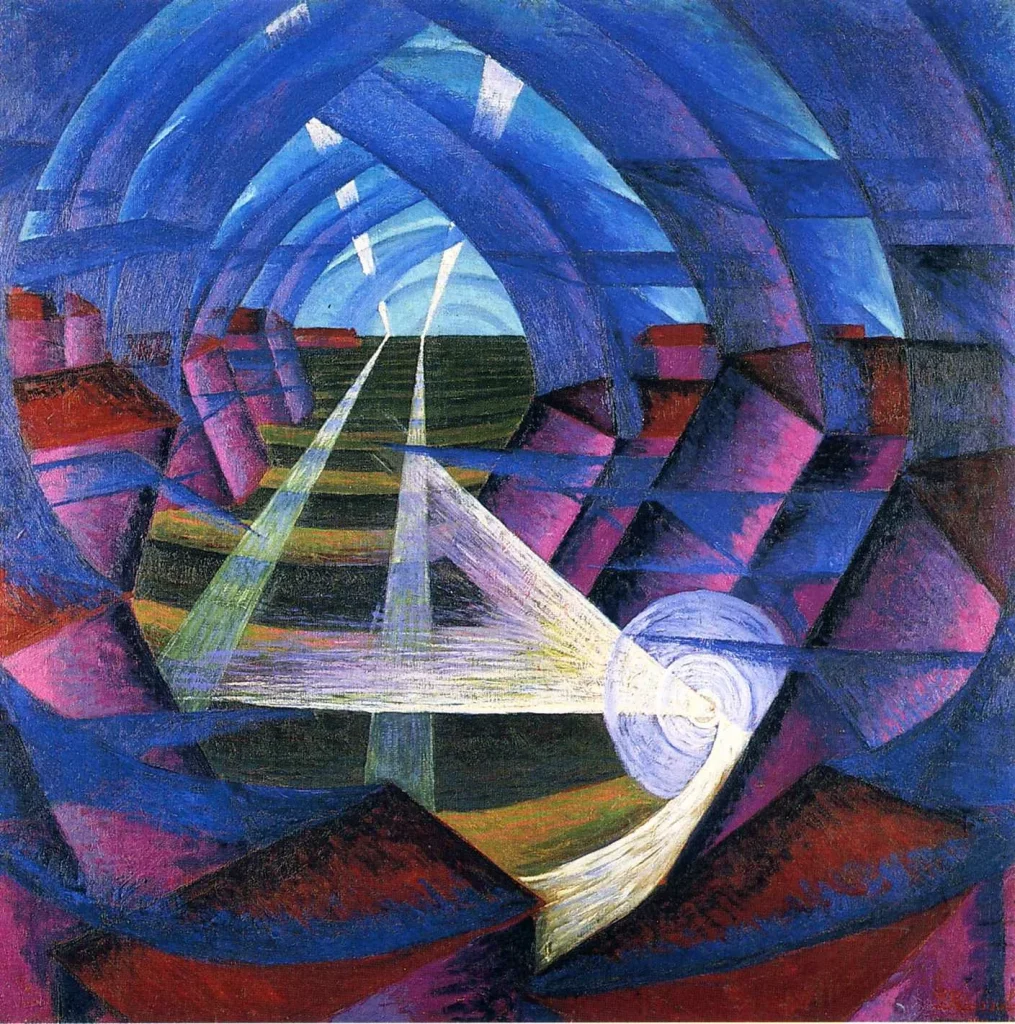
RCA Italiana, established in Rome in 1951 as a subsidiary of the Radio Corporation of America, became one of the most influential Italian record labels of the 20th century. Its foundation was supported not only by the Vatican but also by funding from the 1948 European Recovery Program–better known as the Marshall Plan. Under the leadership of Ennio Melis, RCA earned a prominent role in Italian popular music, and from 1962 onward, some of the most iconic figures in Italian music recorded at its expansive studios on Via Tiburtina, as well as the more intimate Cenacolo studios. Artists such as Ennio Morricone, Gianni Morandi, Patty Pravo, Francesco De Gregori, and Antonello Venditti all passed through its doors. However, after its peak in the early 1960s and into the mid-1970s, RCA faced a significant decline, partly due to the bankruptcy of its parent company and shifts in the global market. The 1980s saw the company’s final fall, culminating in its sale to Bertelsmann Music Group (BMG) in 1986. Despite its decline, the RCA brand—once a symbol of the golden age of the Italian recording industry—still exists today under the Sony Music catalog.


The company was originally named Radio e Televisione Italiana SpA (RTI). Its president, Count Enrico Pietro Galeazzi Lisi, who was a special delegate of the Pope, oversaw its establishment, while the driving force behind the project was Giuseppe Antonino Biondo, a Sicilian engineer and naturalized U.S. citizen working for the American RCA. The name RCA Italiana SpA was officially adopted in July 1954, a year after the company made the somewhat controversial decision to shift its focus to record production. Initially, the U.S. multinational appeared more interested in exporting its phonographic and radio-television equipment. However, by the end of 1953, the company outlined a new program for releases on 78 rpm records, coinciding with the final wave of Marshall Plan funding. To kickstart this new direction, Biondo enlisted renowned composer and conductor Armando Trovajoli and several other prominent Italian musicians. The new catalogue marked a departure from the dominant the American RCA and its classical repertoire, helping to usher in a new era of Italian music. These recordings took shape in a variety of studios already equipped with RCA technology.

In June 1962, the complex of recording studios on Via Tiburtina was officially inaugurated. The facility was a flagship of the company, featuring a centralized production system inspired by the U.S. model. This system consolidated all phases of the production process–recording, mastering, pressing, and storage–into one multipurpose campus. The heart of the complex was a striking red studio building (see the first image in this post), which featured the RCA Italiana sign, prominently visible from the Raccordo Anulare, the nearby ring road. Inside, the campus housed four recording studios spread across different floors: Studio A, the largest, was designed for big orchestras; studio B, about half the size of studio A, was used for vocals, instrumental recordings, soundtracks, and film dubbing; and the smaller studios C and D were intended for more smaller productions.


Additionally, there were three natural echo chambers (reverberation rooms) built underground to minimize interference from external sounds. However, vibrations from the increasingly heavy traffic on the nearby ring road rendered these chambers unusable, prompting the development of artificial reverb technology. The other building on the site contained office spaces, warehouses dedicated to pressing records, and other storage areas for the finished products. Although the album covers were printed by third-party companies, the design work was carried out on the campus, ensuring a fully integrated creative process.
This according to a newly published entry on RCA Italiana by Francesco Brusco in DEUMM Online.
Watch an documentary in Italian on the history RCA Italiana here.
























